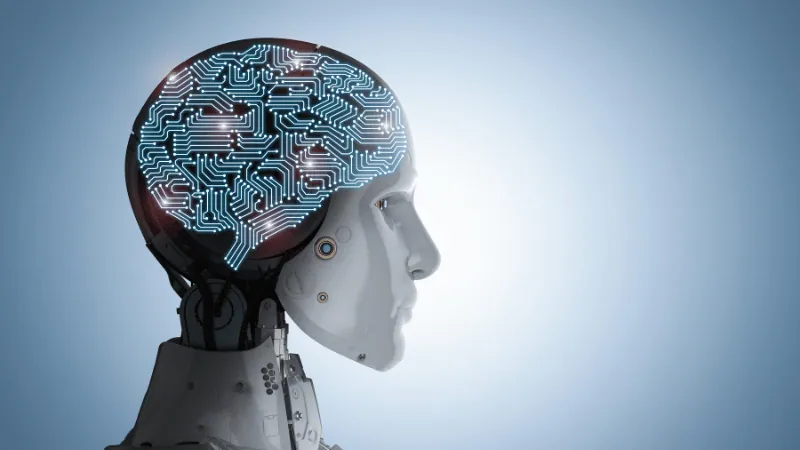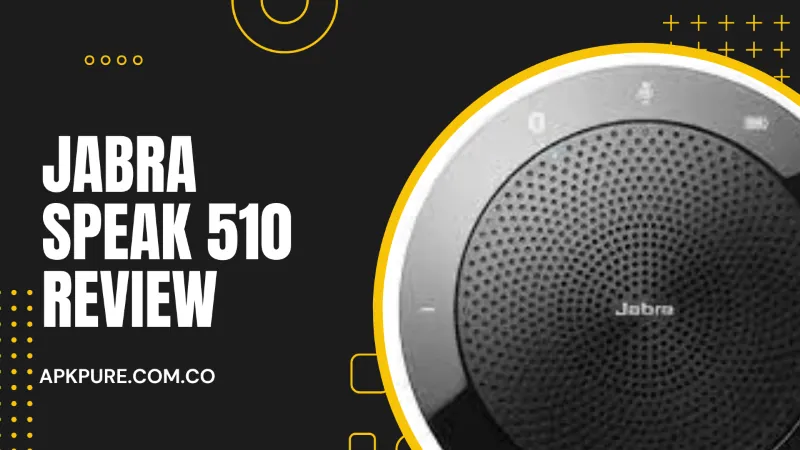OpenAI’s language model ChatGPT is one of the most advanced AI models in the world today. Developed by OpenAI, ChatGPT is a cutting-edge deep learning model that can generate human-like text, perform various language-related tasks, and answer questions.
In this article, we’ll take an in-depth look at ChatGPT and see why it has garnered so much attention in the AI community.
What is ChatGPT?
ChatGPT is a state-of-the-art language model that has been trained on a massive amount of text data to generate human-like text.
The model uses a transformer architecture, which is a type of neural network that has proven to be highly effective in language-related tasks.
It can be fine-tuned for specific tasks such as text generation, translation, summarization, and more.
How Does ChatGPT Work?
ChatGPT works by predicting the next word in a given text input. It does this by considering the context of the words before and after the word it is predicting.
The model is trained on a massive amount of text data and uses this training data to generate text that is similar to human writing.

What Makes ChatGPT Different from Other AI Models?
ChatGPT stands out from other AI models due to its vast training data and advanced transformer architecture.
It is also one of the largest language models available, with over 175 billion parameters. This makes it highly effective in language-related tasks, such as text generation, summarization, and more.
What Can ChatGPT be Used For?
ChatGPT can be used for a variety of language-related tasks, including text generation, summarization, translation, and more.
It can also be fine-tuned for specific use cases, such as customer service chatbots or language translation apps.
Additionally, ChatGPT can be used for research purposes, such as studying language patterns and behavior.
How Accurate is ChatGPT?
ChatGPT is highly accurate in language-related tasks, and its results are often indistinguishable from human writing.
However, like any AI model, it is not perfect and can make mistakes. The model’s accuracy can be improved by adjusting it for specific use cases and by training it on more data.
What are the Limitations of ChatGPT?
ChatGPT, like any AI model, has limitations. It can struggle with tasks that require more abstract reasoning, such as understanding sarcasm or irony.
Further, the model’s results can occasionally be biased if it is trained on biased data.
Yet, the model’s results can be impacted by the quality of the input data, so it is important to ensure that the data used to train the model is high-quality and unbiased.
Conclusion
ChatGPT is a cutting-edge AI model that has the potential to revolutionize the way we interact with technology. With its advanced transformer architecture and vast training data, it is highly effective in language-related tasks and can be fine-tuned for specific use cases. However, it is important to keep in mind its limitations and ensure that the model is trained on high-quality, unbiased data.
FAQs
What is the difference between ChatGPT and other AI models?
ChatGPT is different from other AI models because of its vast training data and advanced transformer architecture. This makes it highly effective in language-related tasks and gives it the potential to generate human-like text.
How Can I fine-tune ChatGPT for specific use cases?
ChatGPT can be fine-tuned for specific use cases by training it on data that is relevant to the task. This can help improve its accuracy and effectiveness for that particular use case.
Can ChatGPT be used for customer service chatbots?
Yes, ChatGPT can be used for customer service chatbots. By fine-tuning the model on customer service data and training it on common customer service scenarios, it can provide highly accurate and effective responses.
Is ChatGPT biased?
ChatGPT can be biased if it is trained on biased data. It is important to ensure that the data used to train the model is high-quality and unbiased to avoid any biases in its results.
What are the limitations of ChatGPT in terms of abstract reasoning?
ChatGPT can struggle with tasks that require more abstract reasoning, such as understanding sarcasm or irony. This is due to the limitations of AI models in general, and the need for more advanced models that can better understand these more abstract concepts.











